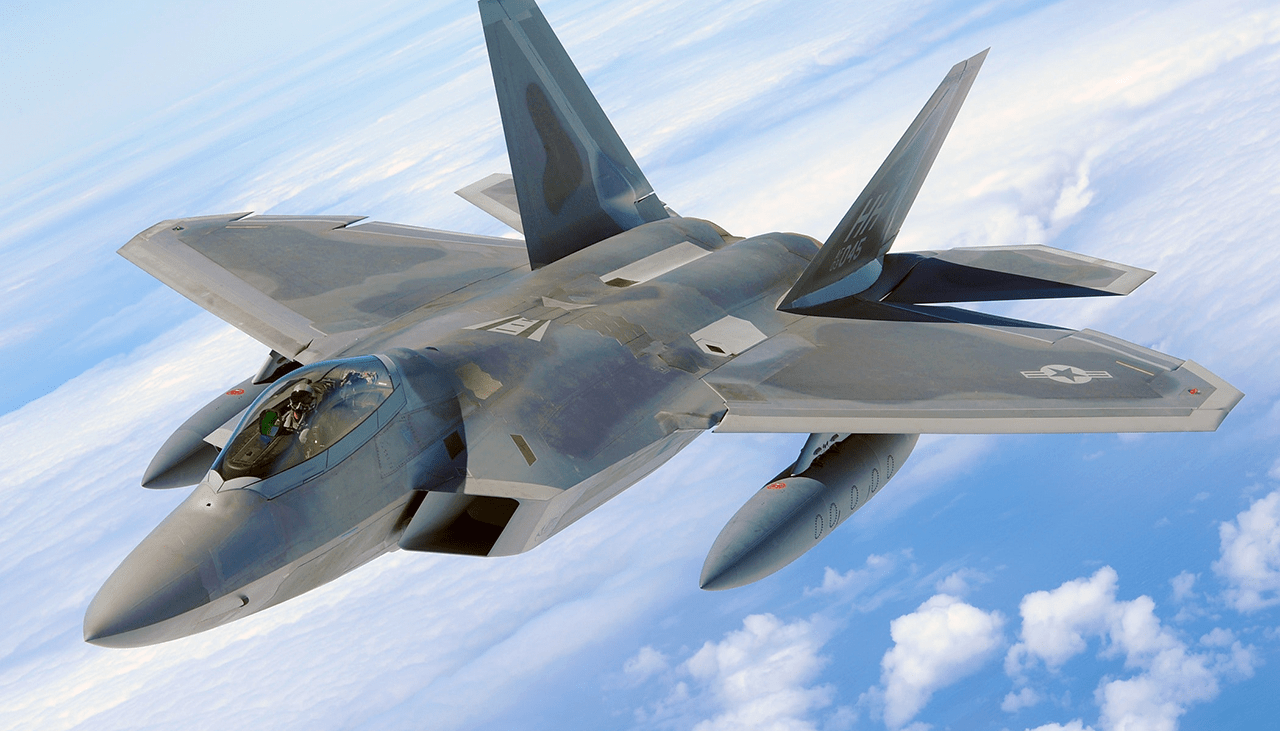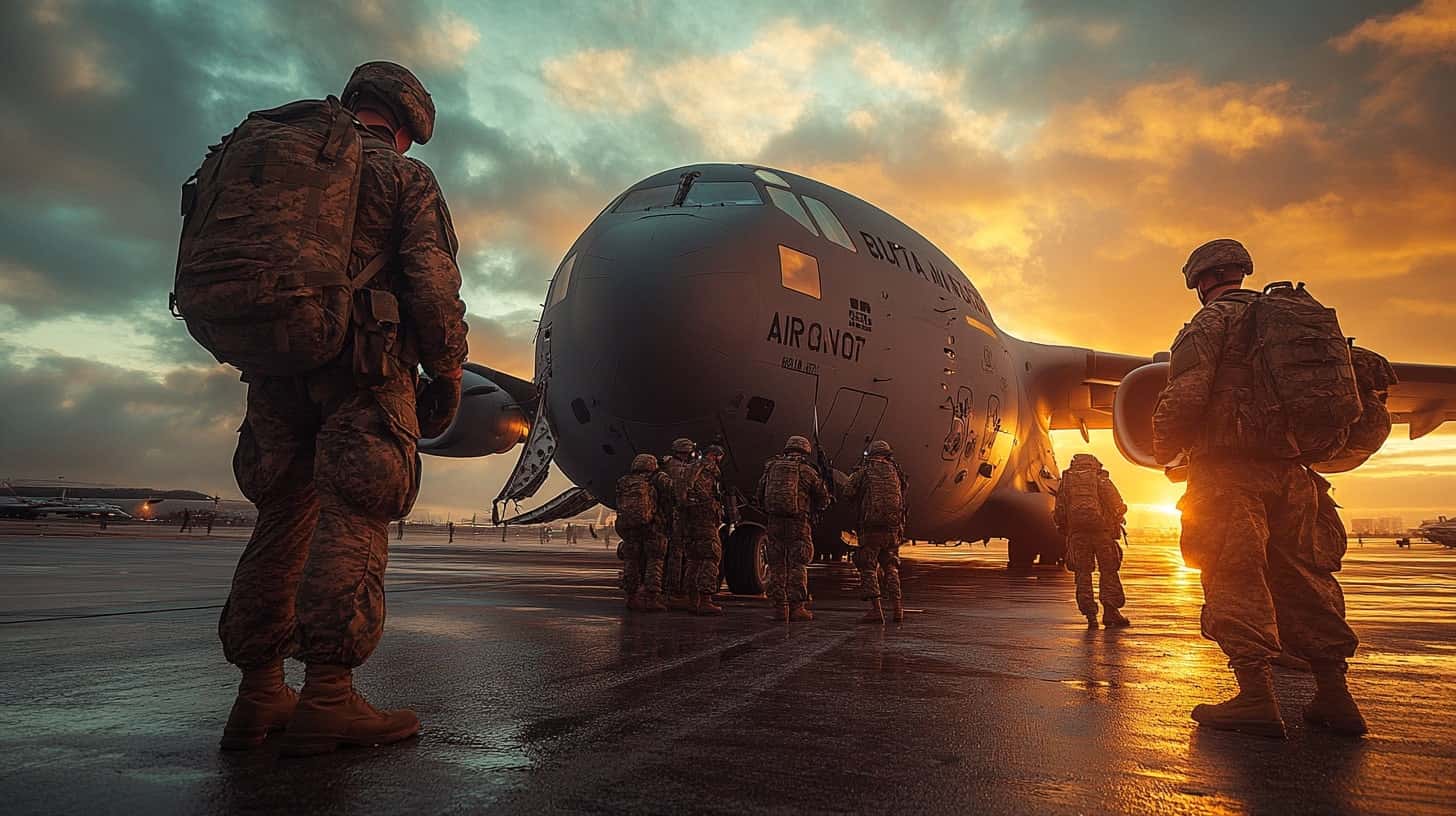The Allied Airborne Army was one of the most daring and courageous forces in World War II. This unit of soldiers played a pivotal role in securing victory for the Allies, with key airborne operations making them an integral part of any successful campaign. Their valiant displays of heroism are often forgotten by historians compared to bigger battles on land, but without their efforts, many would have been lost during some of the toughest fights in human history. With courage and bravery beyond measure, these heroes fought to keep freedom alive during a time when it wasn’t as certain as it is today. Through this blog post, we will explore the remarkable feats accomplished by these brave souls and discover why their service should never be forgotten.
Introducing the Allied Airborne Army – History and Overview
The Allied Airborne Army was a special unit of troops created by the Allies during World War II. The original concept was developed in 1940 when Allied forces realized that they needed to be able to deploy troops quickly and with minimal preparation time. To do this, early paratrooper units were trained and equipped for rapid deployment from airplanes. This new type of warfare allowed for surprise attacks on enemy positions, giving the Allies an edge in certain operations where traditional ground forces could not be effective.
Major Strategies Employed by the Airborne Troops
During World War II, the Allies employed several strategies involving the use of airborne troops. These included large-scale parachute drops into enemy territory as well as assaults conducted with gliders — which could be loaded up with heavy equipment or supplies. Airborne operations were also used as part of larger campaigns, such as the Battle for Normandy in 1944 where American airborne troops helped to secure key positions for the Allies.
Stories of Bravery and Sacrifice from World War II
In addition to its military tactics, the Allied Airborne Army is also known for its incredible acts of bravery and sacrifice during World War II. Their courage was shown in many small but significant ways, such as staying behind enemy lines to complete a mission or even holding off an onslaught of enemy troops until reinforcements could arrive. The stories are numerous, spanning from individual soldiers who fought bravely against impossible odds to entire squadrons that made the ultimate sacrifice for their country.
D-Day – The Battle for Normandy that Changed History
One of the most famous battles involving the Allied Airborne Army was the Battle for Normandy in June 1944. This assault was a major turning point in World War II, and it relied heavily on the resourceful strategies employed by American paratroopers. To ensure victory, these brave troops were sent behind enemy lines to secure key positions before ground troops could arrive. Through their courage and skill, they helped turn the tide of battle in favor of the Allies and ultimately led to their eventual victory.
Post-War Reflections on the Heroic Actions of America’s Airborne Heroes
As time has gone on, recognizing and honoring the bravery of the Allied Airborne Army has become increasingly important. Today, many monuments and memorials have been erected in their honor — including those for D-Day — and a variety of awards and medals are given to recognize the heroism and sacrifice of these brave soldiers.
Modern-Day Military Applications of the Allied Airborne Tactics
The tactics employed by the Allies during World War II have not gone unnoticed by modern-day military forces. They are studied extensively as part of today’s military training programs, giving current troops a better understanding of how to effectively employ surprise tactics to gain an edge on the battlefield. With its unique blend of strategy and courage, the Allied Airborne Army continues to serve as an inspiration for today’s military personnel.
Conclusion
The Alliance Airborne Army is remembered as a brave and resourceful unit of soldiers who exemplified courage, dedication, and sacrifice in service to their country. Their lasting legacy includes the development of tactics and strategies that are still employed by modern-day militaries around the world — making them an invaluable part of World War II history and inspiring generations of soldiers for years to come.









